
|



 |
|
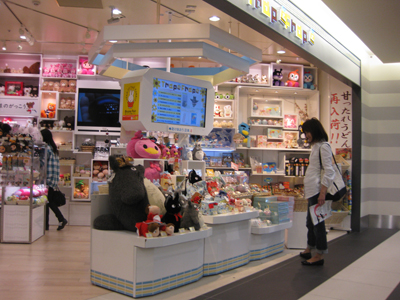
|
Barrier-free is a legal
requirement for buildings in downtown areas and large shopping
malls. Even
if there are steps at the entrance, you will find alternative
access such as elevators or escalators. You
will always find wheelchair accessible restrooms as well.
Smaller multi-tenant buildings
may have stairs only, with many steps and narrow spaces.
But you can comfortably enjoy your shopping in some smaller
individual shops where they have no steps.
|
 |


 |
|
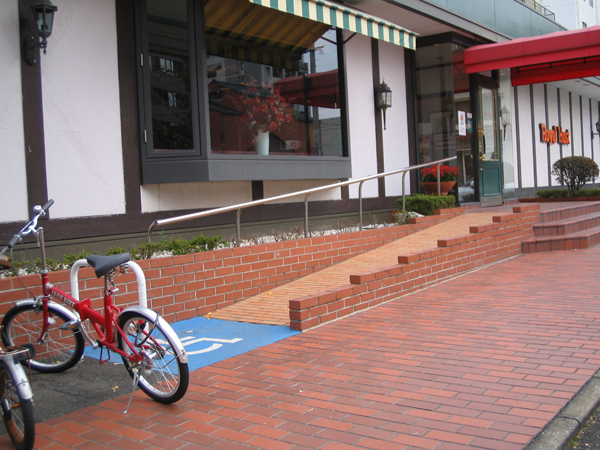
|
Restaurants in the city area may have steps at the
door, or it may be small and narrow inside.
Traditional Japanese restaurants usually have old-style
tatami mat rooms and are not barrier-free. Bigger and more popular restaurants are more wheelchair
friendly, with slopes at the entrance and also with wheelchair
accessible restrooms. Restaurants
located inside multi-tenant buildings normally do not have steps at
the entrance and the restrooms are located in the same building.
Family restaurants in the suburbs target families, so many of
them have slopes at the entrance, and have more space inside, and
are also barrier-free. Some
restaurant chains have wheelchair accessible restrooms in all of
their restaurants. If
you have any special preference in food ( how you would like it
cooked, restrictions in seasoning, or chopped
food ), ask the chef, and good
restaurants will cater to your needs.
|
 |


 |
|
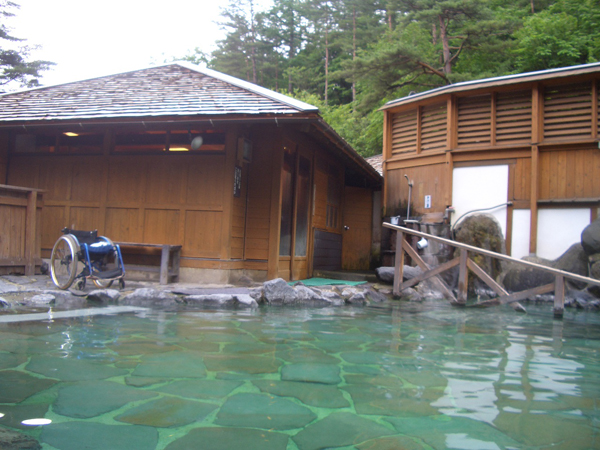
|
Many Hot Spring Inns (
onsen-ryokan ) are very old and not good for accessing by wheelchair.
Some will ask you to use the private family bath instead of the
big public bath for accessibility reason. You can stay in a deluxe room called the universal room, but
the rate will of course be higher. The recommended way of enjoying hot springs at a reasonable
price is to go to the public bath owned by the local government. You will find at least one in any of the rural cities.
Many elderly people enjoy these baths, so the facility is made
barrier-free. The price is
cheap as well. Many have
separate private baths for those who need care, and this is convenient
if you want to bathe with someone in your family who needs care. Private hot springs still have steps, making it
difficult for wheelchair visitors to access.
It is a difficult task to set barrier-free standards for hot
springs, but they will at least have to eliminate steps and install
handrails. Some have
gorgeous equipment and facilities in place, but those unfortunately
are not well received by other visitors, because it rather spoils the
atmosphere. If you have a tattoo on your body, you may not be allowed to enter
because of their own regulation. We hope to change this bad rule in
future.
|
 |


 |
|

|
Castles are old and
traditional architectures, so they are not well suited for barrier-free.
But some castles, Osaka Castle, Nagoya Castle, and Shuri castle have
lifts inside to help you access by wheelchair. They
were all destroyed among world war second. But wooden traditional castles cannot easily be renovated, so
they are not wheelchair accessible.
Very difficult to change accessible to break historical buildings.
|
 |


 |
|
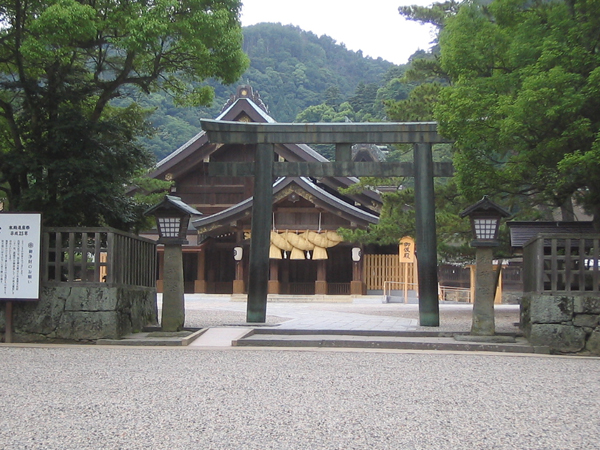
|
Many temples and shrines have slopes and they are built
to match the surrounding environment.
Handrails are installed, and the pebbles on the ground are
fixed and hardened to ensure accessibility in the premise.
Some bigger temples and shrines offer free wheelchair rental
service. However, the
buildings are usually wooden structures with steps, so it is difficult
to access by wheelchair.
|
 |


 |
|

|
Museums are completely barrier free, and you will
always find wheelchair accessible restrooms, so it is a comfortable
place to go sightseeing. Even
though there are stairs at the entrance of the building, you will always
find an alternative route for wheelchair visitors.
If you have difficulty walking long hours, you can always rent
wheelchairs for free. Many museums give discount rates for disabled people
who carry disability ID, but this is only for Japanese citizens.
|
 |


 |
|

|
There are many amusement
parks, zoos, and aquariums in Japan.
Many families bring along their kids on strollers, so the
facilities are made barrier-free not only for wheelchair visitors but
for everyone. All facilities
offer free or charged rental wheelchair services and many elderly people
who have difficulty walking long distance often appreciate these
services. Even old buildings are renovated and have passages for
wheelchair visitors. Some
attractions have wheelchair priority seats or priority entrance service,
while others may not allow wheelchair guests to certain entertainment
rides.
|
 |
  |
|
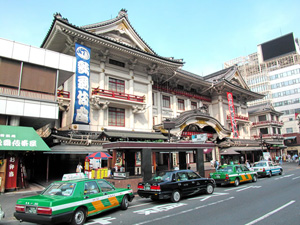
|
Large theaters have viewing
space for wheelchair audience, however the number of seats and locations
can be limited. Some
theaters take regular tickets and will guide you to the wheelchair
space, but others you have to purchase wheelchair special seat tickets.
In either case, you need to call the theater directly for reservation, and
the response depends on the organizers of the event. You do not need to worry about the restroom.
|
 |


 |
|

|
Baseball and Soccer are the most popular sports in
Japan, and wheelchair seats are available at baseball parks and soccer
stadiums. If it is not one
of the most popular teams playing, you will be able to get a
day-of-the-game ticket. For
J-League soccer games, you can purchase wheelchair seat tickets at
convenience stores, but for baseball games, you still need to call for
reservation. Number of seats
and their locations varies by ballparks and stadiums.
Some allow one accompanying person free of charge.
Sumo, basketball, rugby are also popular in Japan.
|
 |


 |
|
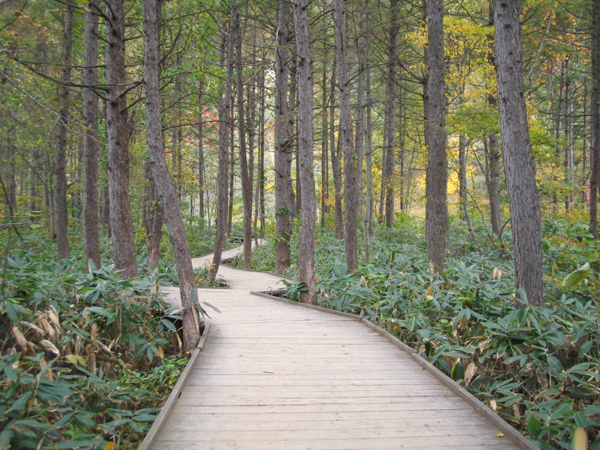
|
Natural terrains with ups and
downs do not go well with wheelchairs.
Of course you cannot destroy or sacrifice the landscape for the
sake of barrier-free, but some natural parks, beaches, forests, mountains
and lakes are doing their best to allow as much accessibility as possible.
They have eliminated steps and made the ground more flat, and also
built wheelchair accessible restrooms.
More cable cars are accessible and this helps you enjoy the great
nature more easily.
|
 |
Cherry
Blossoms 桜

 |
|
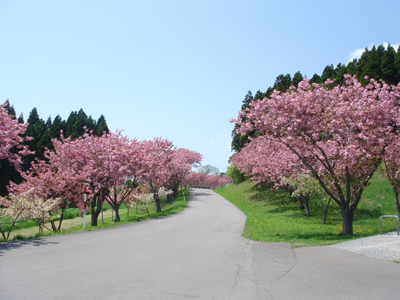
|
Watching
cherry blossoms in Spring is may be best season to visit Japan. However
the season is 10-14 days only. The end of March and early April is the
season in Tokyo, Kyoto, and many cities. North and mountain side are late
April. Hokkaido is May. Cherry blossoms move south to north. Today there
are plenty of cherry trees all over Japan. Enjoy the party or eat lunch
under cherry blossoms. That is Japanese traditional. It does not matter
you are disabled or not. Everybody enjoy cherry blossoms anywhere in
Japan.
|
 |
Summer
Festival 夏祭り

 |
|
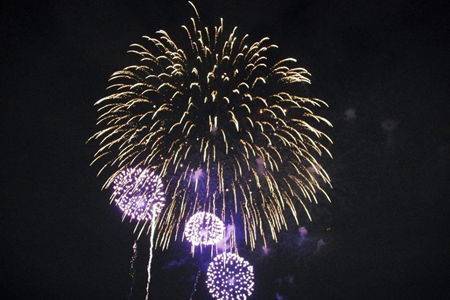
|
Many many
local summer festival everywhere in Japan late July - middle August.
Watching fire works is Japanese summer. Each town has their own small
festival to dance slow folk dance and eat street food at night. Find
Japanese traditional festival.
|
 |
Red
and Yellow Leaves 紅葉

 |
|

|
November is the season to watch autumn
leaves. It depends on location and whether. Many nice temple gardens in
Kyoto, but so crowded. There are plenty of nice mountains in central Japan
and Tohoku areas. Do not forget going to hot spring after watching them in
mountain side. Of course, we can see many red and yellow leaves in city.
|
 |
Snow
雪

 |
|

|
There
are many snow in Japan, especially Japan sea side and north. Ski is
popular activity in winter. Many snow park are wheelchair accessible, but
the access to snow park is still problem. We need a car with snow tire.
Sapporo winter festival is famous. Going to Japanese traditional hotel in
winter and enjoy hot springs is popular for family and friends. Eating
crab is also popular in Japan sea side.
|
|


![]()